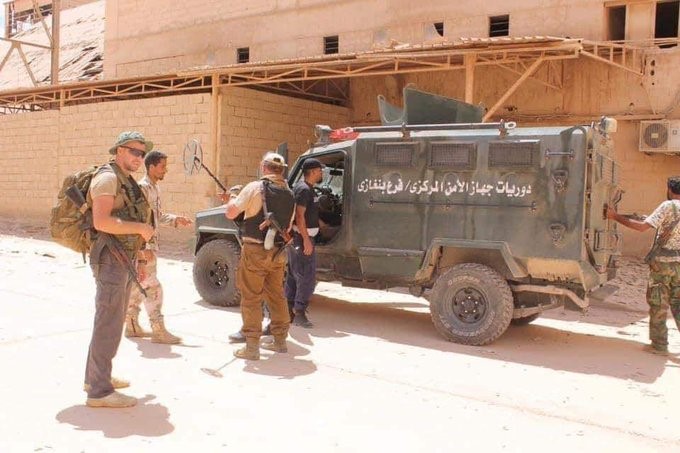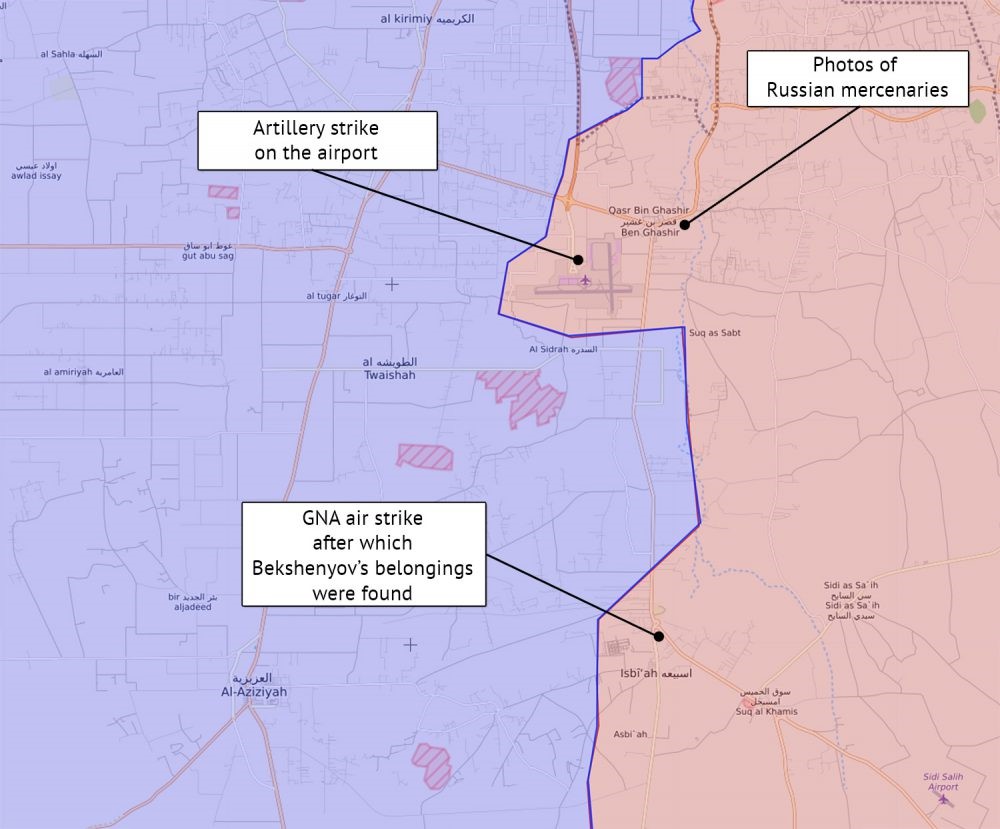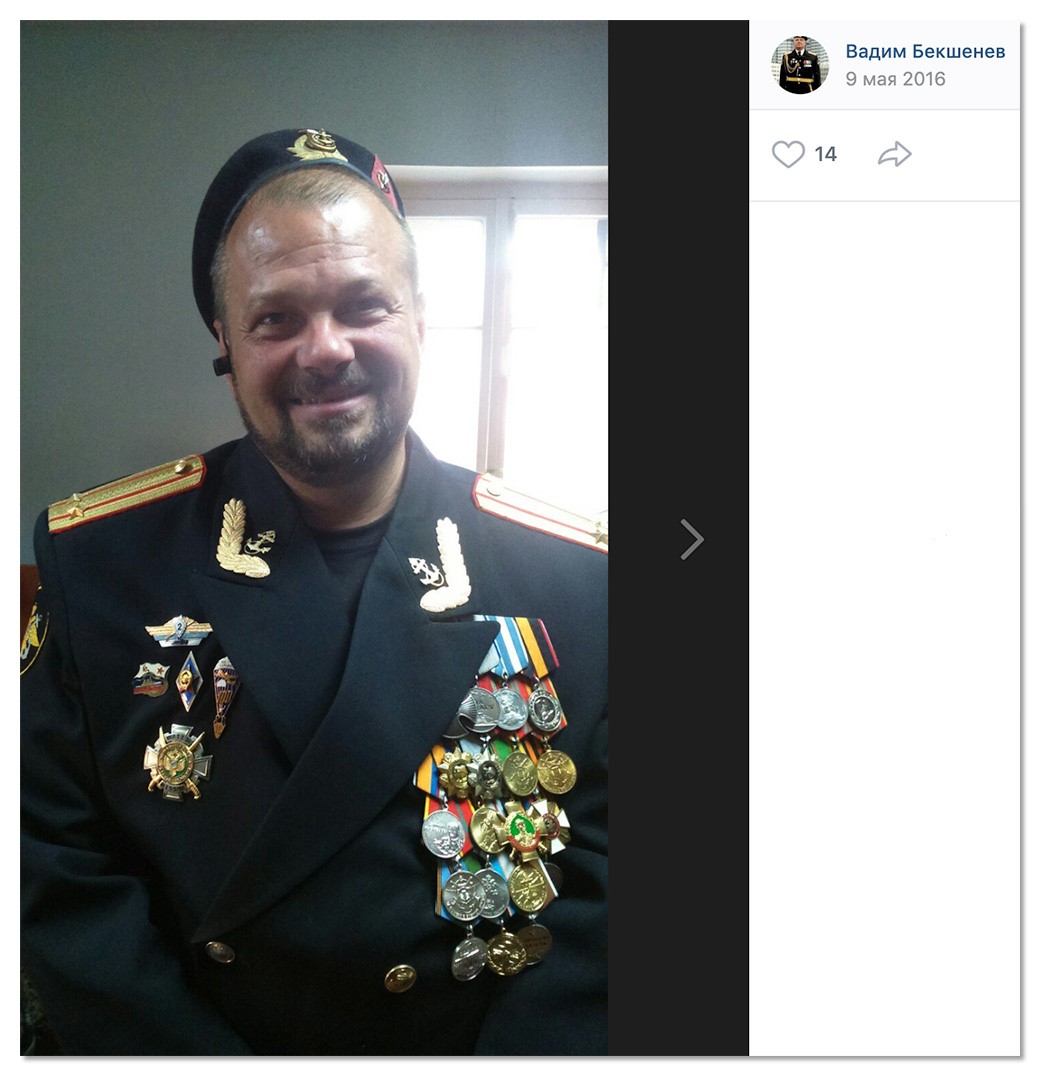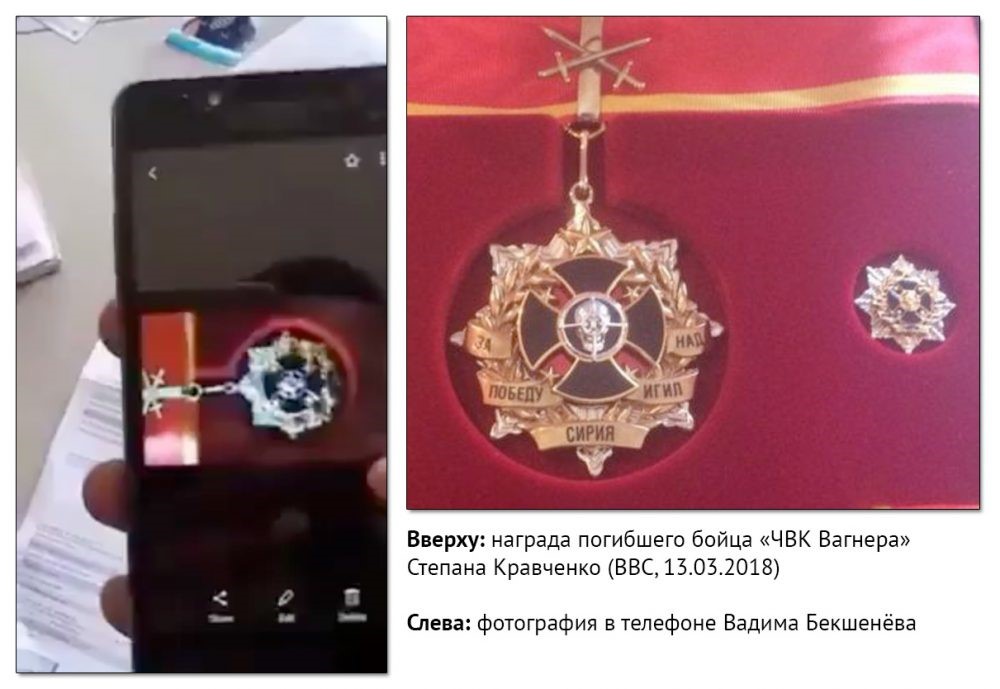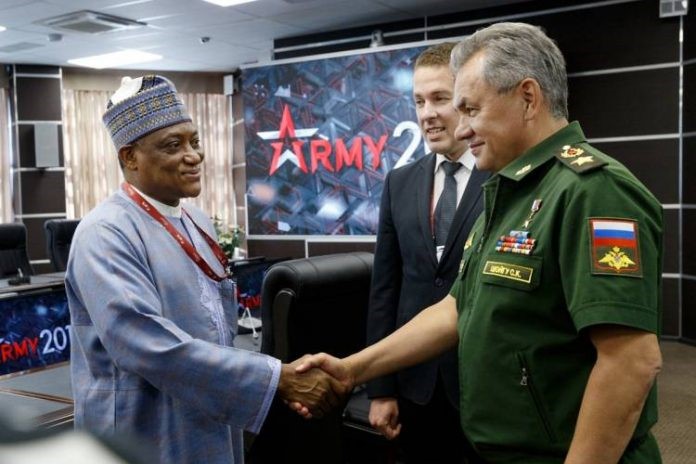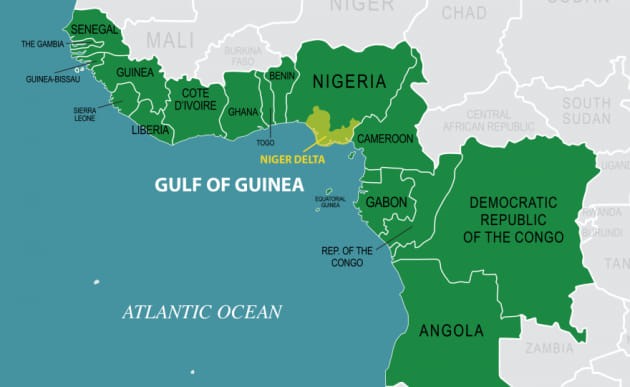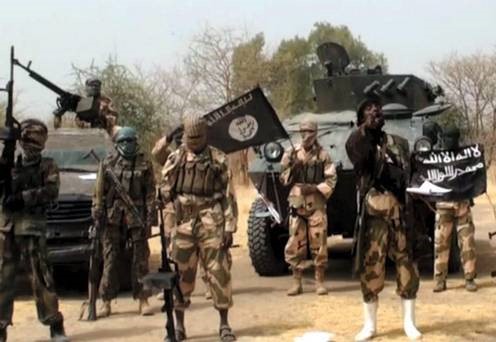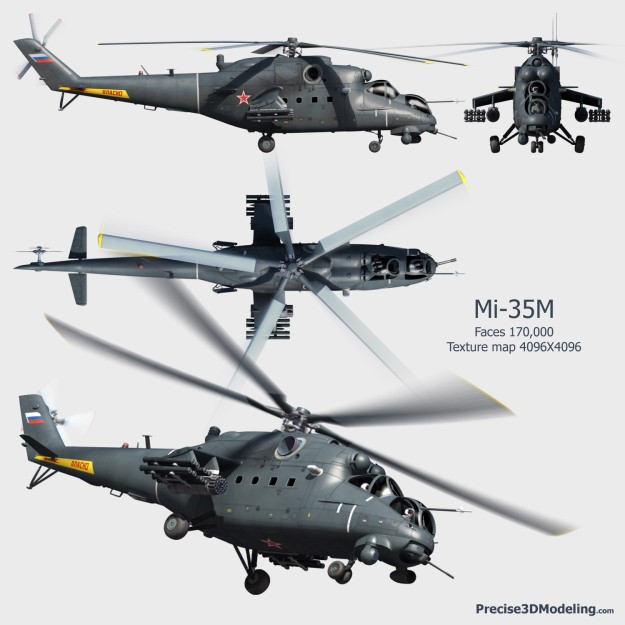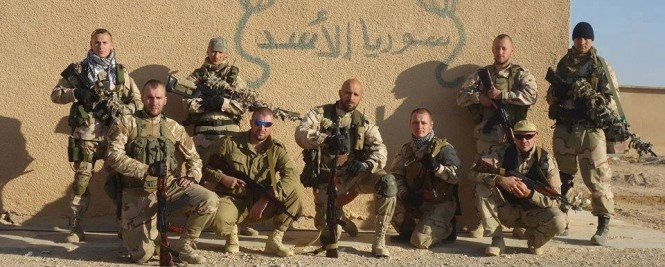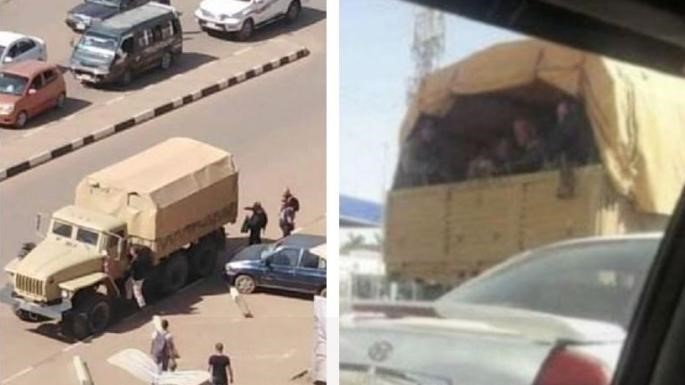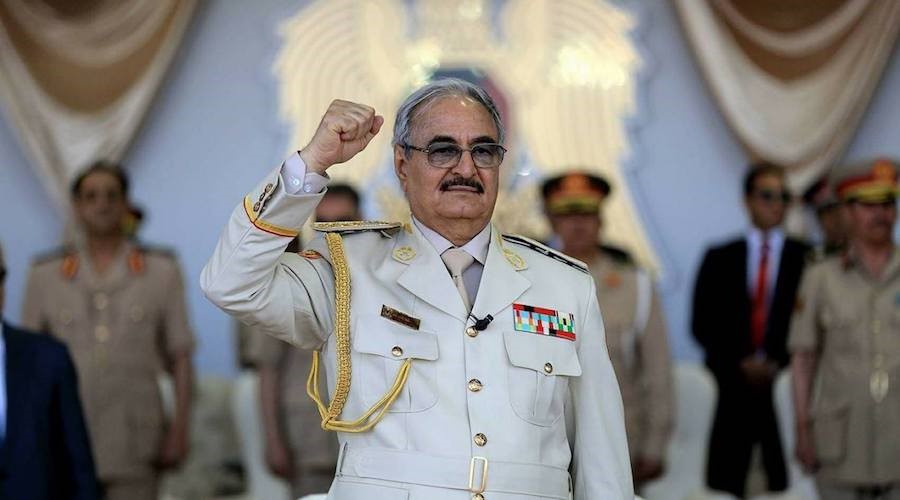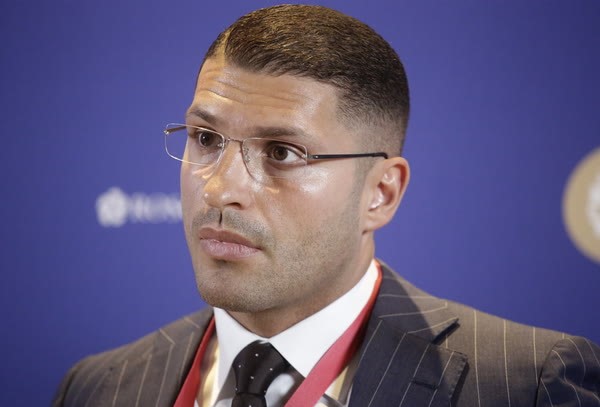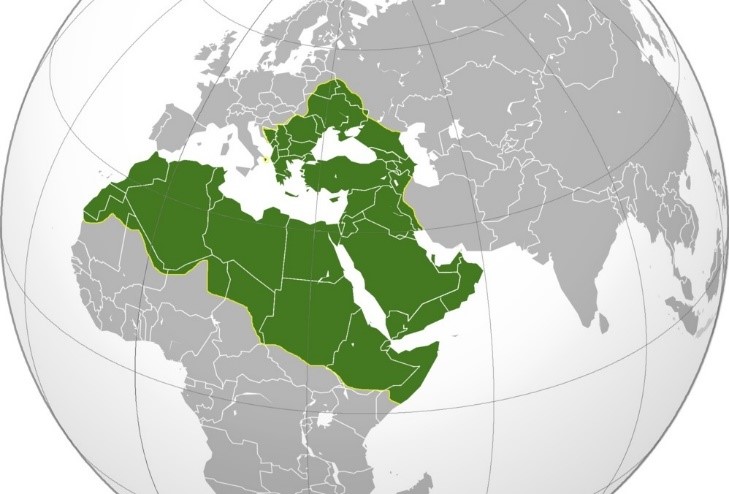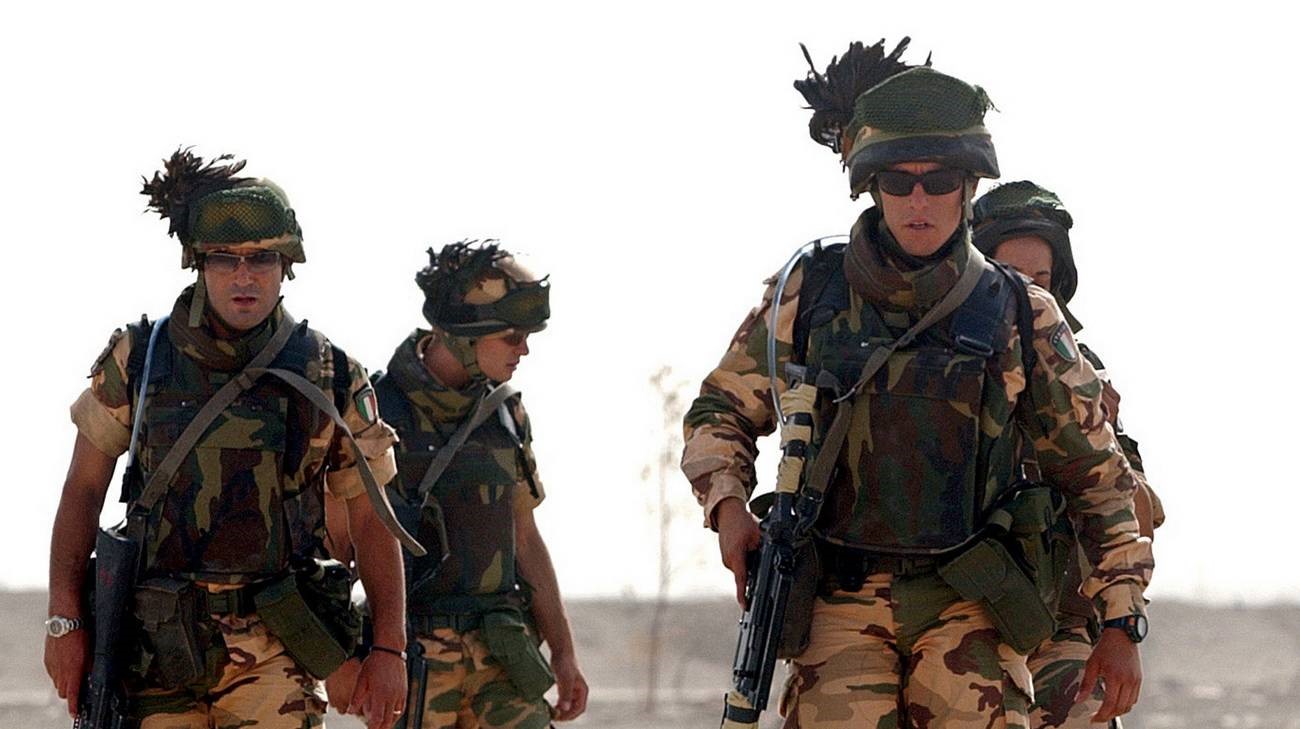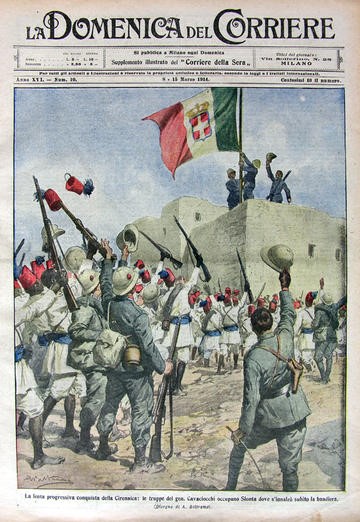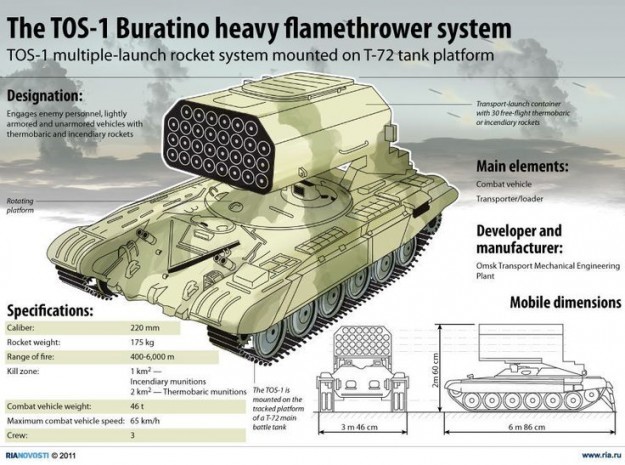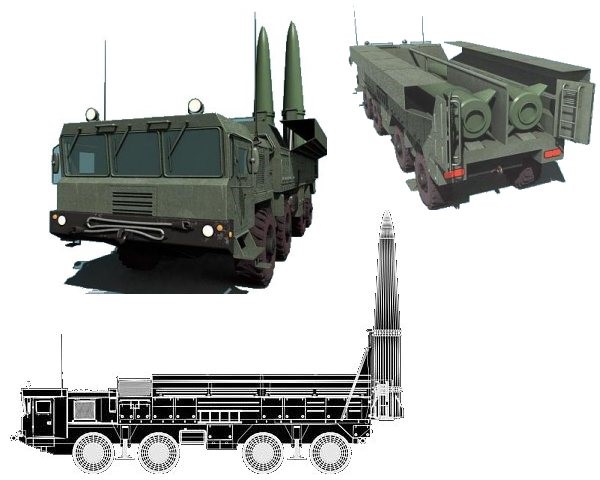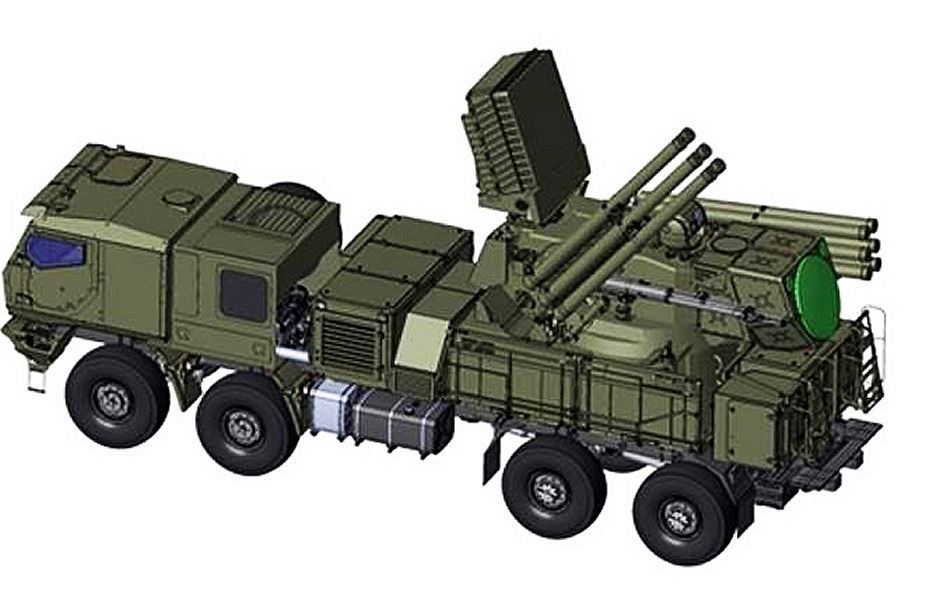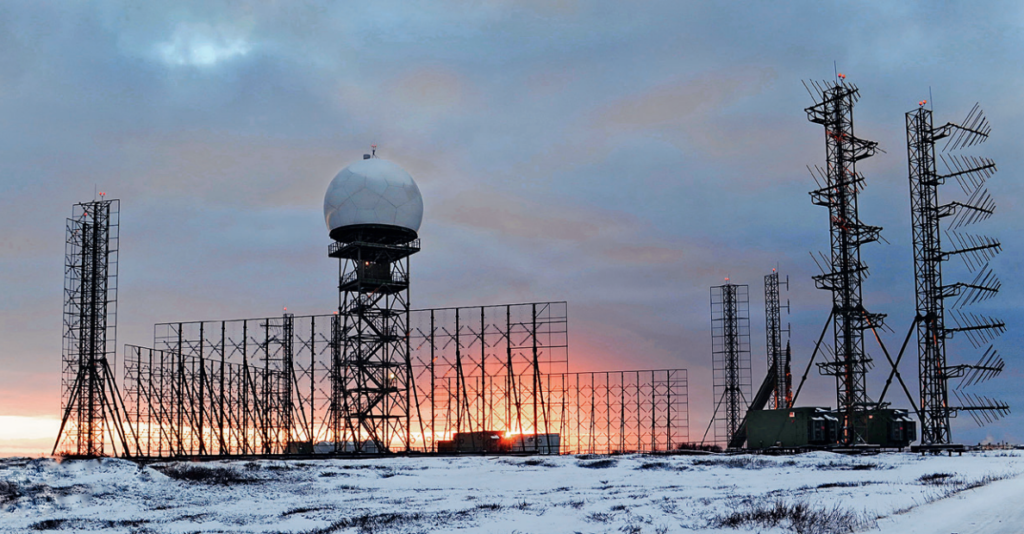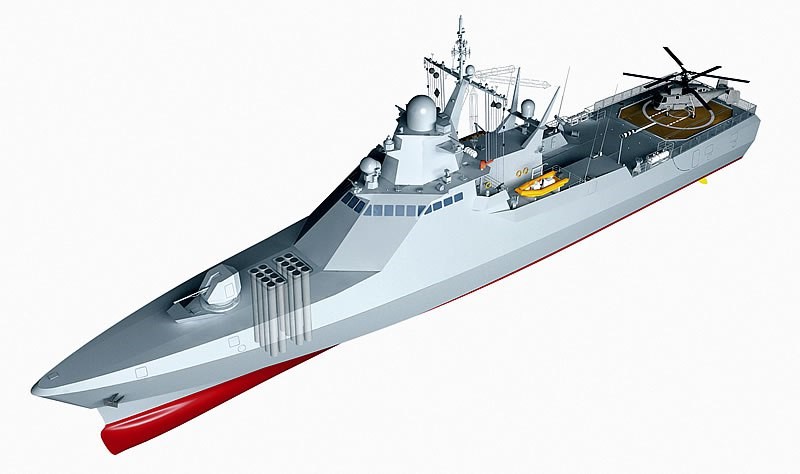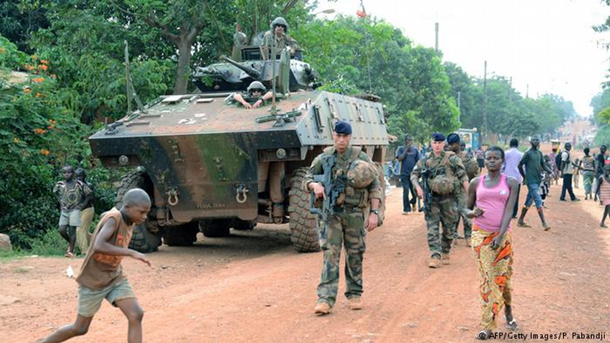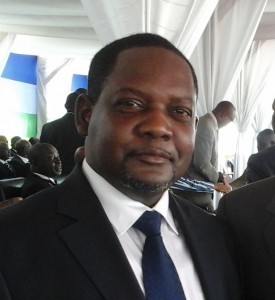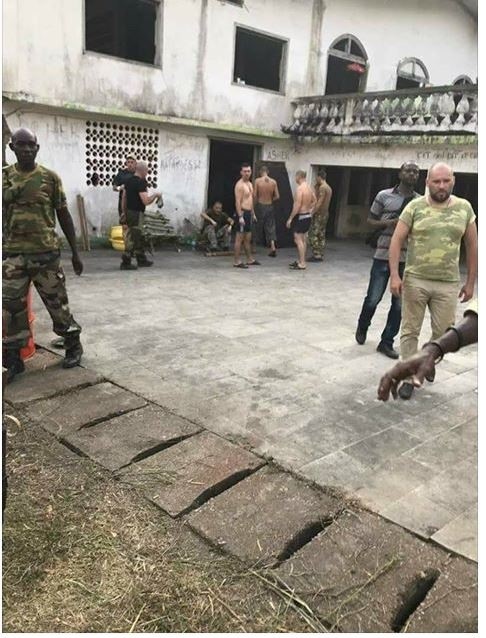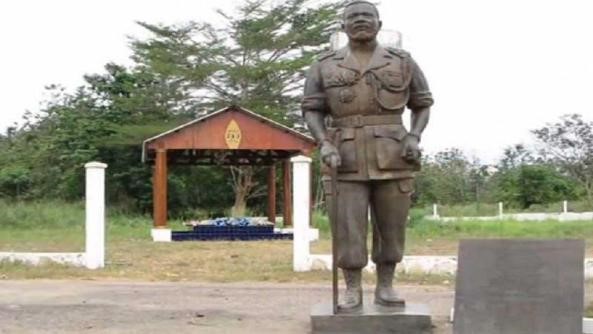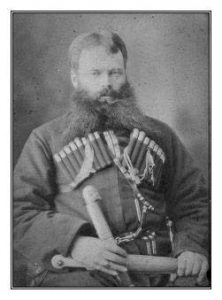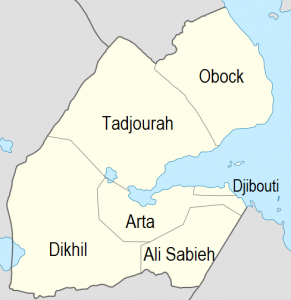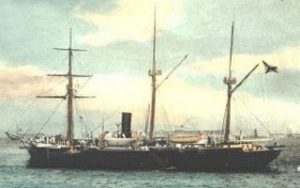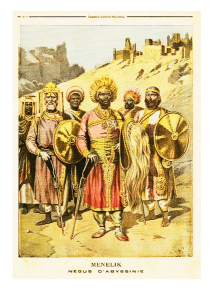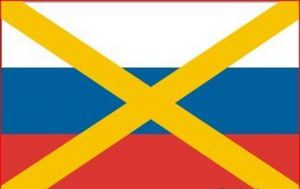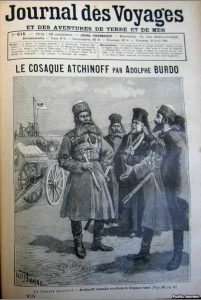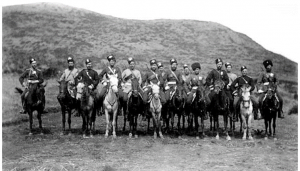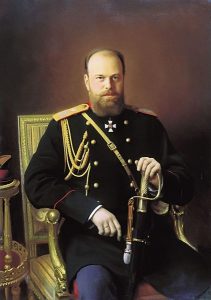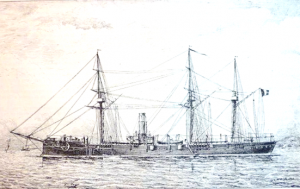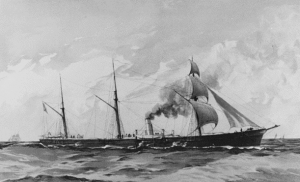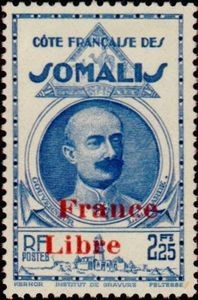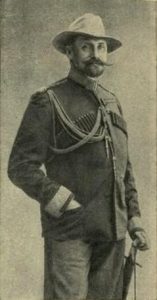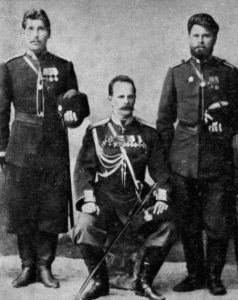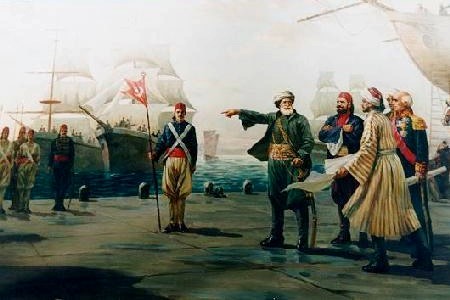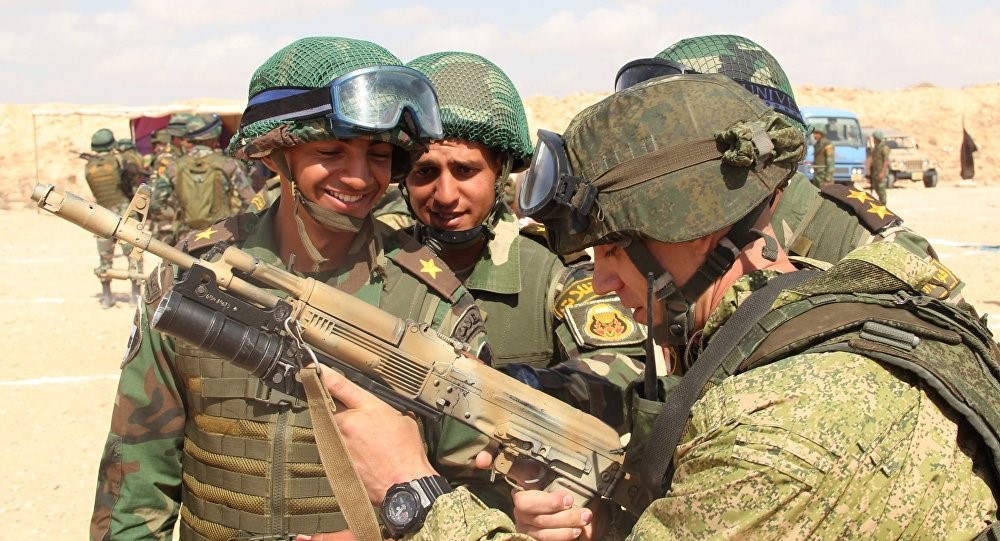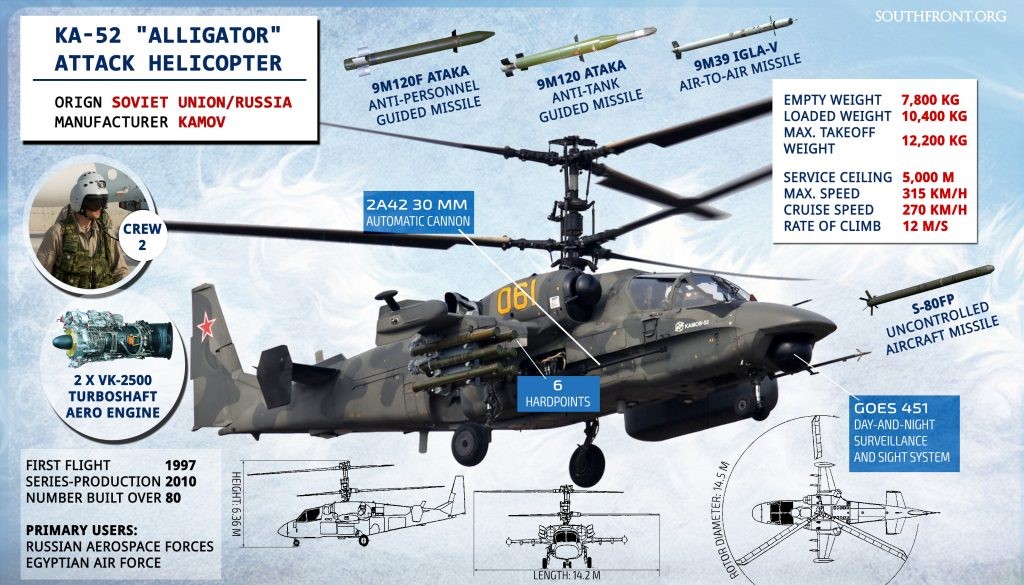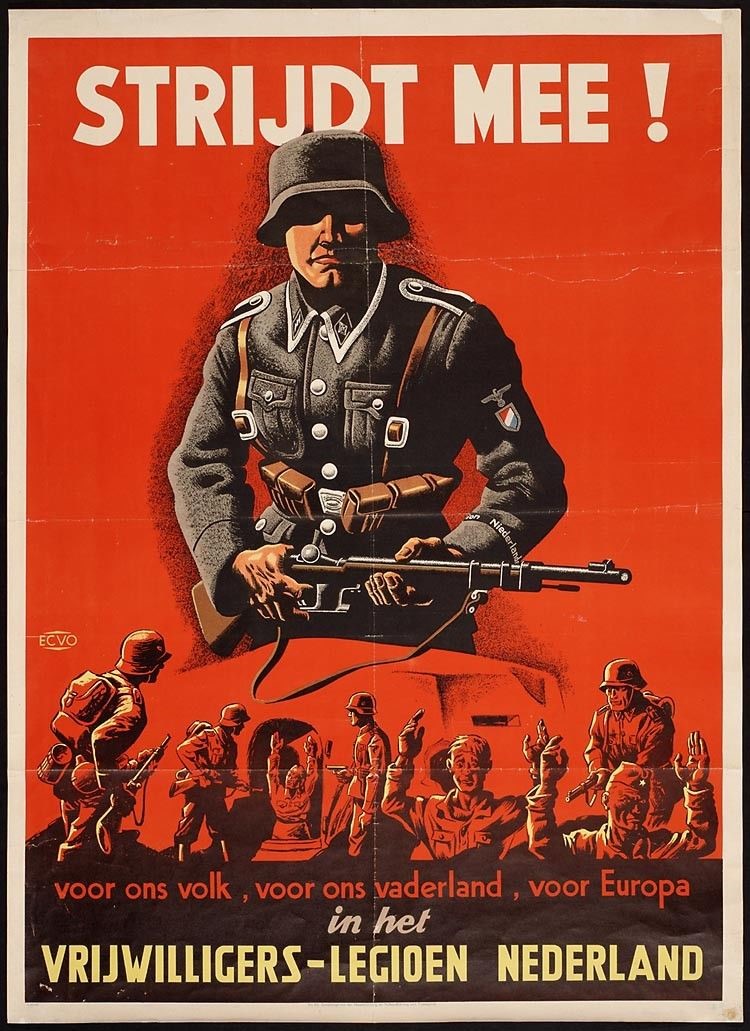 Join me! For one people, for one fatherland, for Europe, In the Dutch Volunteers’ Legion.
Join me! For one people, for one fatherland, for Europe, In the Dutch Volunteers’ Legion.
Andrew McGregor
World War II, February 2018
Lost and near-freezing, without shelter in the painful cold of a Russian winter night in December 1941, Dutch SS volunteer Hendrik Verton saw what he thought would be his salvation – a German military bus. He and an equally desperate companion were unable to force the door open and instead scratched at the frost on the bus windows. What they saw inside left him “shaken to the core”; dozens of motionless German soldiers, frozen solid as they sat upright in their seats. It was a chilling welcome to the icy horrors of the Eastern Front.
The thought of a Dutch Nazi collaborator might leave present-day students of the war unnerved. The Netherlands’ role in World War II generally evokes images of Anne Frank and family; of Operation Market Garden, celebrated in the book and movie A Bridge Too Far; of the liberation battles of 1945; and of the Dutch Resistance, of which much has been written. In the wartime Netherlands, however, collaboration was far from uncommon: far more Dutchmen fought on behalf of the Nazis than in the armed resistance to the German occupation of their country.
Verton and his compatriots were among the 22,000 to 25,000 Dutch who served in the Waffen-SS, the elite armed wing of the SS – the Nazi Party’s Schutzstaffel or “Protective Echelon” – infused with the doctrines of National Socialism and loyalty to Adolf Hitler. The armed resistance, in contrast, numbered only between 5,000 to 12,000, most joining in the last year of the war.
National Socialism in the Netherlands
The Netherlands had suffered greatly from the global economic collapse in the prewar years, and its residents viewed Germany’s financial recovery under National Socialism with envy and suspicion. The Netherlanders’ own National Socialist party, the NSB, had strengthened throughout the 1930s. “National Socialism promised a better life,” explained Gerardus Mooyman, son of a dairy farmer from the Netherlands’ heartland, who joined the Waffen-SS at just 17. In Holland’s underfunded military, the rifles and artillery pieces dated to the nineteenth century, the ranks were thin, and morale at rock bottom. With military spending at a minimum, Holland hoped to fend off German expansionism with a policy of strict neutrality. But in May 1940, German airborne troops easily leap-frogged Holland’s defenses, triggering the country’s surrender just six days later. The Dutch had not engaged in any European war since 1830. Experience gained fighting rebels in the tropical forests of the Dutch East Indies was of little help when the modern German war machine smashed into Holland.
 The Dutch Fuhrer – Anton Mussert
The Dutch Fuhrer – Anton Mussert
The invading Germans freed the detained leadership of the NSB. The party was led by Dutch nationalist Anton Mussert, a pompous figure who aspired to be the leader of a fascist Netherlands but in reality had little support. The Germans were unimpressed by the little black-shirted man.
The NSB welcomed German occupation, but the country was actually run by Austrian Reichskommissar Dr. Arthur Seyss-Inquart. Under pressure from SS leader Heinrich Himmler, Mussert formed the “Dutch SS,” s unit responsible for internal security and unrelated to the Waffen-SS. Mussert, a nationalist, lost control of his organization to NSB elements led by Captain Hendrik Feldmeijier and Rost van Tonningen, who demanded Holland’s full integration into the German Reich. It was van Tonningen who introduced anti-Semitism to the NSB in 1936, when the organization still had Jewish, Freemason and mixed-race (Dutch and Indonesian) members. The new SS men swore personal loyalty to Hitler, not Mussert, and were required to prove “Aryan” ancestry as far back as 1800.
What Mussert desired was a nationalist military force that would help ensure Dutch independence within a greater Germany. Instead, Himmler sought annexation of the Netherlands and absorbed young, racially acceptable and able-bodied volunteers into the Waffen-SS (the military wing of the SS) for use on the Eastern Front under German officers. Mussert initially blanched when Hitler asked him to raise Waffen-SS units in 1940, but concluded he could not refuse as Hitler was “a prophet… fighting his most difficult battle to build a new Europe.”
Recruiting the Dutch SS
The disciplined enthusiasm of the well-equipped German invaders left impressionable young Dutchmen like Hendrik Verton in awe. Young Hendrik had the fresh-face and healthy physique of one who grew up outdoors. His father, a small-scale industrialist, passed on his positive impressions of Germany’s superior technology and work-ethic. Hard work, Christianity and conservative values were the bywords of Verton’s family. With little exposure to the world beyond his home on the Dutch island of Schouwen-Duiveland, these values were absorbed by the young Hendrik. For young men such as this, the SS motto, “My honor is my loyalty,” were words to be taken seriously. Despite constant anti-German propaganda, Hendrik and his young comrades were envious when they saw photos of Hitler Youth riding motorcycles or flying gliders. Verton and his friends shared a growing view that Holland was a European backwater, while Nazi Germany represented the future.
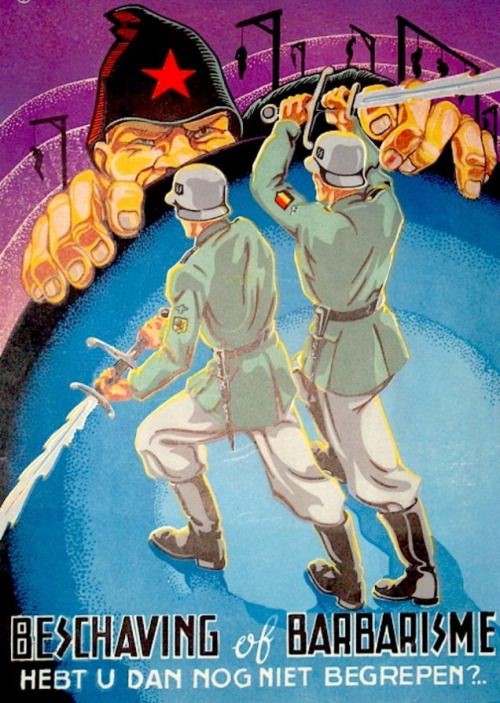 “Civilization or Barbarism? Now do you understand?”
“Civilization or Barbarism? Now do you understand?”
The SS took advantage of such sentiment. With the Wermacht dominating military recruitment within Germany proper, SS recruiters began to look beyond the German borders for racially suitable recruitment pools, focusing on the so-called “Germanic” nations of Europe – those with “Aryan” credentials, including the Netherlands, Sweden, Norway, Denmark and Flemish Belgium. As the war progressed and the male “Aryan” population bled out on Europe’s battlefields, the Waffen-SS and the German regular army began recruiting from France, Croatia, Bosnia, Latvia, Estonia, Spain, Finland, Walloon Belgium, India, Central Asia and the millions of Volksdeutsche – ethnic Germans living in Eastern Europe for centuries, many of whom spoke little or no German.
In the early days of the war, the reputation of the Waffen-SS was that of an elite unit of intelligent, athletic and fearless young men. The chance to join such a group was taken by Hendrik’s older brother Evert. When Evert returned home after training with the Death’s Head badge on his cap and full of enthusiasm for the “New Europe,” Hendrik was full of resolve “I decided I would follow him and nothing would deter me.”
Hendrik explained that his brother had chosen to don “the uniform of the enemy” because he was “willing to make a sacrifice for this fatherland, in the Europe of the future.” Dutch recruits had various motivations for joining the Waffen-SS beyond its stated goal of destroying Russian Bolshevism to create a “New Europe.” Some wanted to avoid forced labor or legal problems; others sought adventure or – as their homeland starved in 1944 – the prospect of eating three meals a day. In later stages of the war, recruitment even offered release from prison. Some with no NSB background joined simply to rebel against their non-fascist parents. Anti-Semitism may have played a part for some, but there was ample opportunity to engage in anti-Semitic activities in the local Dutch police services with little risk to life and limb. There were very few recruits from the defeated Dutch army, though one would-be professional soldier volunteered because he was unhappy with the training he had received there. The inability to attract former Dutch servicemen led Himmler to complain to his representative in Holland in February 1942 that the 4600 Dutch Legionnaires and Waffen-SS volunteers enlisted to that point was far short of the 60 to 80 thousand men that turned out for the annual pre-war mobilizations of the Dutch Army.
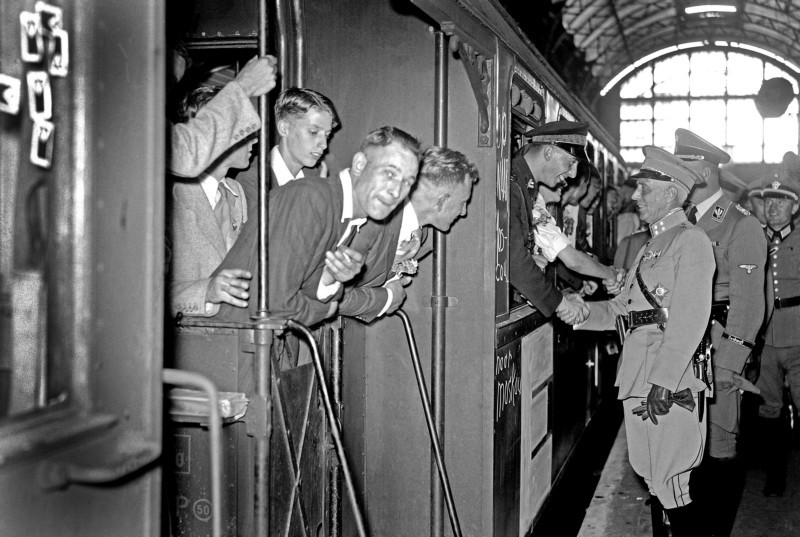 General Seyffardt sees off Dutch Waffen-SS recruits at Den Haag Railway Station, July 26, 1941
General Seyffardt sees off Dutch Waffen-SS recruits at Den Haag Railway Station, July 26, 1941
The lack of experienced men meant that all senior officers, most of their subordinates and nearly all the NCOs in the Dutch Waffen-SS units were initially German. The former Dutch chief of staff, General Hendrik Seyffardt, a well-known anti-communist, was allotted a symbolic role as chief of the volunteers.
Training was a gruelling physical process that one recruit said “left my tongue hanging like a red tie.” The motto of the training camps was “Praise be to all that toughens.” Verton observed that “our typical Dutch liberal mentality” was not always in sync with SS expectations. Dutch recruits quickly learned that Christian rituals such as saying grace before dinner were unwelcome in the SS training camps. On graduation, the volunteers took the oath of personal loyalty to Adolf Hitler and received the blood-type tattoo under the left arm. Given only to the SS and designed to speed medical treatment on the battlefield. The confident Nazis never considered the tattoos’ implications in the case of defeat.
Deployment to Russia
Hendrik Verton was assigned to the 5th SS Panzer Division Wiking, which, by May 1941, had more than 600 Dutch troops under the command of General Felix Steiner. Steiner, 45, was a veteran Prussian officer and early Nazi Party member. With fellow Prussian general Paul Hausser, Steiner shaped the foreign volunteers of the Waffen-SS into an aggressive fighting force.
Verton served in the division’s Westland battalion alongside Danes, Norwegians, Flemings and Germans, assisting in the invasion of Russia in the summer of 1941 as part of Operation Barbarossa. They quickly discovered that reality in Russia bore no similarity to the boldly colored SS recruiting posters showing Dutchmen in pressed German uniforms trampling the Bolshevik “barbarians” with ease.; “We had not found ‘adventure,’ nor the ‘laurel-leaves of victory,’” Verton later wrote, “but mud, lice, polar conditions and death.” The Dutch soon began to encounter the remains of comrades who had been taken prisoner and tortured or mutilated by the Russians. “We kept a finger on the trigger and had the smell of burning villages in our nostrils,” Verton recalled.
At the front, death lurked behind every shadow and spread across the landscape in the howling winds of the night. Sentries disappeared in the darkness; patrols came to a bloody end from well-hidden mines; and, as winter cold advanced, peaceful blankets of snow concealed Siberians tunneling up to German positions. Moments of astounding carnage at times shattered the daily routine of fear and attrition.
In the early hours of November 19, 1941, Verton’s unit watched as an entire Russian cavalry regiment, with 1,000 horses, sabers shining in the rising sun, galloped toward the battalion’s modern German machine guns. Many years later Verton described how the “snow-covered low land was turned into a bloodstained battlefield between volleys from the machine-guns and mortars, splintering, catapulting everything in its path eight meters into the air. It was suicide by slaughter.”
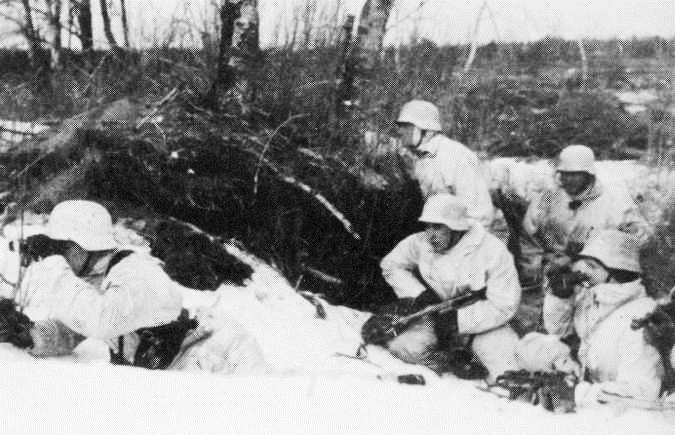
The Dutch Legion at Kharkov, 1942 (Bundesarchiv Koblenz)
While German armies stormed their way through the steppes, the SS began recruiting European “Legions” based on national origin, unlike the mixed unit to which Verton belonged. Wearing the orange, white, and blue crest of Holland’s historic “Prince’s Flag,” a Dutch SS Legion arrived in the swamps and forests of the Eastern Front in the midst of the 1941-42 winter—the coldest in 140 years, with -52 degrees Fahrenheit recorded.
Hobnailed boots conducted the cold, leading to frostbite and amputations; Finnish allies, accustomed to the Arctic chill, said the Dutch might as well run around in the snow in their socks. Steel helmets did the same, causing soldiers to suddenly drop dead when their cerebral fluids froze. Men wore every piece of clothing they possessed. Yet in the firestorm of combat, the volunteers sweated so much they had to fight the urge to tear off their coats, an impulse that would lead to certain death. The men had to use hand grenades to excavate the frozen soil for graves for fallen comrades.
Mail from home was infrequent, Dutch postal officials choosing to dump rather than deliver letters to the Eastern Front as an act of resistance. As the war progressed, the Dutch resistance took to killing close relations of Waffen-SS volunteers. In early 1943, the father of Verton’s best friend in the SS was murdered in northern Holland while riding home on a bicycle. The friend himself had died of a mortar shell a year earlier.
The assassination of General Seyffardt and many leading NSB men in 1943 led to a secret decision by the German occupiers to initiate a series of retaliatory assassinations. Operation “Silbertanne,” as it was known, was handed over to Waffen SS Hauptsturmführer Hendrick Feldmeijer to carry out. A leading Dutch National Socialist, Felmeijer had just returned from service with the SS Leibstandardte Division in Greece and Yugoslavia and with the Wiking Division on the Eastern Front. For over eleven months he supervised the work of death squads composed of Waffen-SS veterans of the Eastern Front and members of the Germanic-SS in the Netherlands. (Germaansche–SS in Nederland). Over 50 Dutch civilians were murdered in this terror campaign, many of them with no connection to the Resistance.
A Teenage War Hero
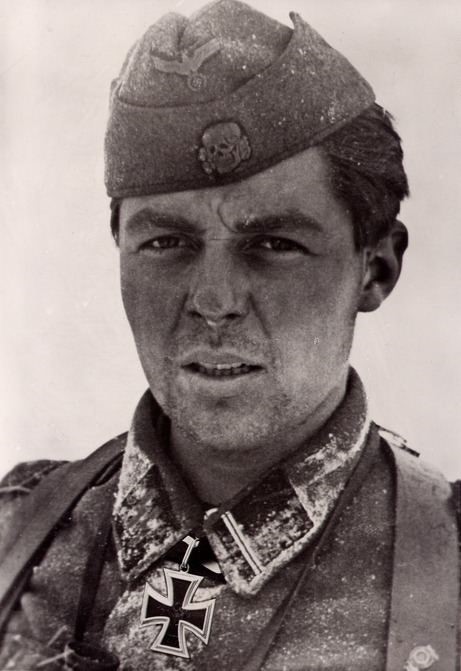 Gerardus Mooyman
Gerardus Mooyman
The most famous member of the Dutch Waffen-SS emerged in the bitter fighting outside Leningrad, as Russian troops and armor struggled to break the German stranglehold on the city. Gerardus Mooyman, the dairy farmer’s son, had already been at the front for over a year, earning the Iron Cross First and Second Class. At just 19—looking more like a member of the Hitler Youth than an SS combat veteran—Mooyman performed a spectacular feat at Lake Ladoga, 25 miles east of Leningrad. In February 1943 Mooyman destroyed 13 Russian tanks in a single day with a Pak-40 antitank gun—part of his war-time total of 23 tanks put out of action. His commanders and comrades believed him fearless, but in truth he was scared of dying and even more frightened of becoming a prisoner of the Russians.
The young lion went on to become the first non-German to be awarded Germany’s highest decoration, the Knight’s Cross. The Waffen-SS removed Mooyman from the frontlines to send him on a seemingly endless round of propaganda events intended to inspire other young Dutchmen to feats of courage. Most photos of this time show Mooyman looking bewildered and a bit overwhelmed. “It irritated me when the Nazis used me as some sort of publicity object,” Mooyman told a Dutch magazine 26 years later. “When [they] wished to name a square after me, I refused because other warriors, who had died in battle, were just as brave as me. Battle fascinated me many times more than all the trimming that came with it.”
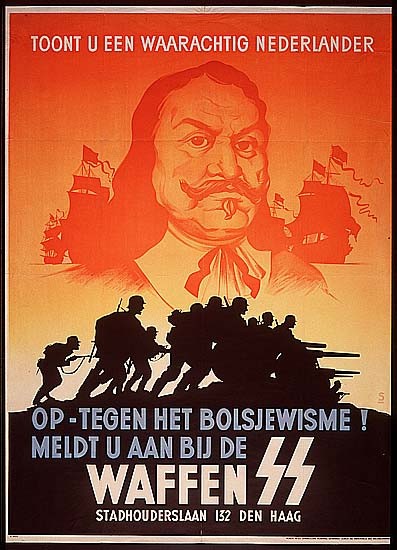 “Show you are a true Dutchman. Against Bolshevism! Sign up to the Waffen-SS” Admiral de Ruyter Regiment recruiting poster
“Show you are a true Dutchman. Against Bolshevism! Sign up to the Waffen-SS” Admiral de Ruyter Regiment recruiting poster
As the war ground on, new Dutch Waffen-SS units arose to replace those lost in combat. After suffering more than 80 percent casualties in Russia, the Dutch Legion was disbanded in April 1943; survivors merged with Norwegian and Latvian units to form a new battle group. In October, an SS Nederland Panzergrenadier Brigade was formed from other veteran Legionnaires, fresh Dutch recruits, and Romanian Volksdeutsche. Following the German practice of manipulating nationalist sentiment when it was in their favor, the brigade’s two regiments bore the names of prominent Dutch figures, in this case those of the late General Seyffardt and 16th century Dutch admiral Michael de Ruyter.
The Nederland Brigade carried out operations against partisans in Croatia, routinely hanging their prisoners. The unit then moved north to Leningrad as part of Felix Steiner’s III SS (Germanic) Panzer Corps, where they faced overwhelming numbers of Russians. Steiner praised the brigade’s performance against a January 1944 Soviet offensive launched from the Oranienbaum pocket, a Soviet stronghold west of Leningrad that German forces had failed to take in 1941. In a week-long struggle the Dutch helped prevent the Soviets from collapsing the German flank. Steiner declared he was “proud to have such troops in the Germanic Corps.”
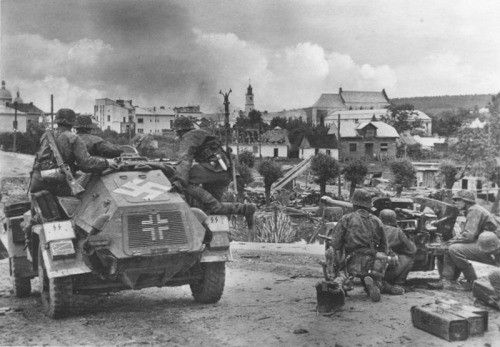 Dutch anti-tank position at the Battle of Narva
Dutch anti-tank position at the Battle of Narva
The brigade again proved its worth in the defense of the German defensive line along Estonia’s Narva River in beginning in February 1944, where the large number of foreign SS fighters there led to its survivors calling it “the Battle of the European SS.” The Dutch once more won praise from Steiner—but by the end of March, the horrific fighting there had cost the brigade one- to two-thirds of its strength. In July 1944, Soviet air force attacks obliterated the remnants of the General Seyffardt Regiment. Back in Holland, things were going little better for the SS. In September 1944, an SS-militia unit of former policemen and concentration camp guards fought Scottish infantry and British paratroopers at Arnhem with disastrous results. Leaving their comrades to their fate, half the undertrained troops fled, including many of their officers.
The Decline of Dutch National Socialism
With Allied troops entering the Netherlands in early September, and the Dutch Resistance promising an imminent day of retribution for collaborators they termed “Hatchet Day,” the NSB collapsed in a frenzied panic. On Tuesday, September 5, 1944, 65,000 NSB members took to the trains and roads in a flight to Germany. Though some later drifted back after the main Allied invasion of Holland was delayed, their authority had vanished in the spectacle that became known as “Mad Tuesday.”
As 1945 began, Soviet forces trapped the Nederland Brigade’s De Ruyter Regiment on Latvia’s Courland Peninsula, reducing it to 80 men. The survivors withdrew by sea, and the brigade was reconstituted with Dutch, German, and Romanian Volksdeutsche reinforcements in West Prussia, only to be shattered again by the Russian offensive in Pomerania beginning in February 1945. In Hungary, other Dutch SS troops in the Wiking Division engaged in a vain attempt to hold off advancing Russian armies before Soviet forces drove them into Austria and American internment.
In the Netherlands, the SS raised a new, understrength Waffen-SS division in February 1945. Much of that unit died at the start of the Battle of Berlin. The Red Army shot those it took prisoner; others surrendered to advancing Americans. That March, a new SS Home Guard division, organized under a veteran Nazi, fought Canadian and British troops on the lower Rhine, even clashing with members of the Dutch Princess Irene Brigade, a unit attached to the British Second Army composed of Dutch troops who had escaped the German invasion in 1940. The SS unit surrendered to troops of the First Canadian Army in May 1945.
As Canadian forces continued to advance, Andries Jan Pieters, a former Dutch Legion soldier wounded on the Eastern Front, organized an anti-Resistance group that indulged in rape and torture to such a disturbing degree that an SS commander ordered their arrest. (The Dutch government would execute Pieters in 1952.)
Hendrik Verton finished the war in the Silesian city of Breslau (modern Wrocław) as part of the ad-hoc Waffen-SS Regiment Besslein. By April 1, 1945, artillery, bombers, and rockets had turned Breslau into a black mushroom-cloud capped inferno. Damaged sewers and decomposing bodies made the air unbreathable. Conditions were so intolerable that 100 to 120 citizens and soldiers killed themselves each day. In the midst of this cauldron, Verton and each of his comrades received a bottle of wine from a Nazi Party propaganda officer to celebrate the Führer’s April 20 birthday. The Russians intensified their bombardment to mark the occasion. On May 6, 1945 – two days before the German surrender – the 84-day siege came to an end.
The Legacy of the Dutch Waffen-SS
Of the 25,000-some Dutch who served in the Waffen-SS, one quarter to one-third were killed. Four Dutch volunteers received the Knight’s Cross.
Many of their countryman who had suffered under Nazi rule back home called for executing all returning Dutch Waffen-SS men after the war. The government stripped them of their citizenship, but most of the volunteers received relatively light sentences of four to five years. Those who fought against the Western Allies received longer sentences.
Returning these young men to Dutch society was a challenge—most had been thoroughly indoctrinated in Nazi precepts. It was doubted in Holland whether some could ever be cured of the anti-Semitism they had absorbed in the SS. Some Dutch Waffen-SS veterans apparently regained their citizenship by fighting in Indonesia in 1945-49 against independence fighters seeking to overthrow the Dutch colonial regime.
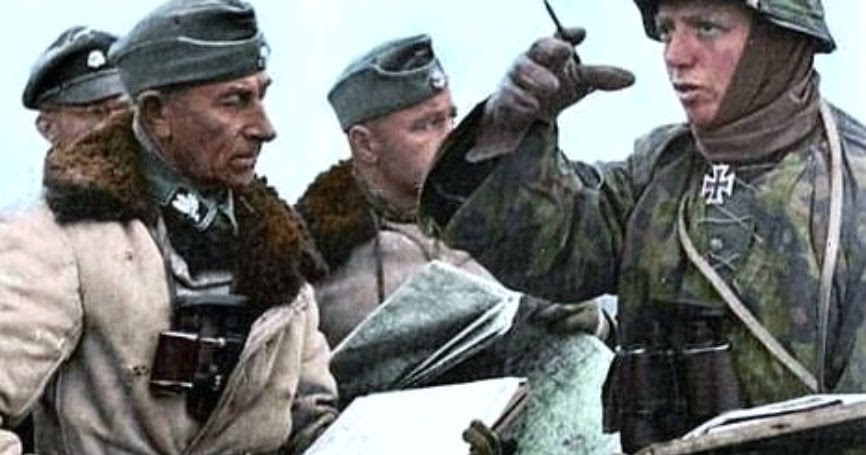 SS General Paul Hausser (left)
SS General Paul Hausser (left)
SS General Paul Hausser led a postwar movement to sanitize the war record of the Waffen-SS by shifting the blame for atrocities. As a professional Prussian soldier with no desire to go down in posterity as the leader of a gang of war criminals, Hausser emphasized the broad European makeup of the SS and identified anti-Communism as its motivation, claiming “The SS was really the NATO army in prototype.” That assertion forms the core of most revisionist accounts of the Waffen-SS, although few historians took it seriously.
After his homefront tour, Gerardus Mooyman returned to combat at the Narva Front in 1944 as an SS-Untersturmführer, or second lieutenant. In May 1945 American troops captured him in Germany; he escaped twice before a Dutch court sentenced him to six years in prison in 1946. He served three of those years and moved to northern Holland where, unlike many of his comrades, his countrymen forgave his SS service as a youthful indiscretion. Mooyman claimed to have been “devastated” when he learned of the extent of Nazi crimes and read books about these events, which made him “wake up at night screaming.” He died in a car crash in 1987.
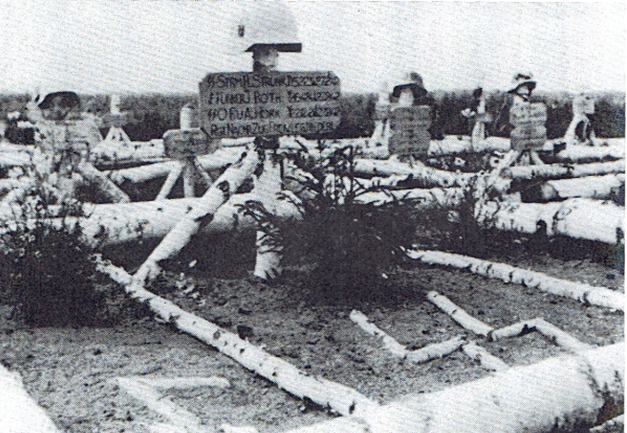 Dutch Legion cemetery in Russia, later destroyed by Soviet troops. Note that the logs in front of the grave marker have been arranged as SS runes. (Viccx and Schotanius)
Dutch Legion cemetery in Russia, later destroyed by Soviet troops. Note that the logs in front of the grave marker have been arranged as SS runes. (Viccx and Schotanius)
The Soviets took Hendrik Verton prisoner at Breslau on May 9, 1945. He tried to remove his blood-type tattoo, but the Soviets, who separated the SS from other prisoners for “special treatment,” regarded the resulting scar as proof of his SS membership. Much to his surprise, though, the sniper’s bullet wound to his arm got him released, even as his sick and injured SS comrades were bundled off to Siberian death camps. Verton thought a young female doctor may have had sympathy for him, but admitted he didn’t know why he had been spared harsher treatment.
To avoid reprisals at home, Verton remained in Germany and did not return to Holland until 1954, when the Dutch government offered amnesty to remaining Waffen-SS members. He died there in March 2006, three years after composing his memoir, In the Fire of the Eastern Front. Like so many of its type, his account diminished the influence of National Socialism on Waffen-SS volunteers while emphasizing the importance of the anti-Communist crusade.
Verton, unlike Mooyman, was largely unapologetic and remained close to leading SS men such as Paul Hausser and German Special Forces commander Otto Skorzeny through well-organized SS veterans’ organizations. “Sacrifice was the fate of the ‘volunteers.’” Alluding to Mooyman and repentant veterans, he remarked: “Those who feel guilty must bow to that guilt.” For Hendrik Verton, enduring the horrors that began his first night at the front when he peered through a bus window at his frozen comrades was simply the price demanded of “idealists” such as himself.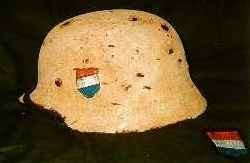
Helmet of the Dutch Legion
Bibliography
Afiero, Massimiliano: The 23rd Waffen-SS Volunteer Grenadier Division, Schiffer Publishing, 2016
Armando (Herman Dirk van Dodeweerd) and Hans Sleutelaar: “De SS’ers,” De Bezige Bij, 1967
Bishop, Chris: SS: Hitler’s Foreign Divisions: Foreign Volunteers in the Waffen-SS, 1940-1945, Spellmount Ltd, Staplehurst Kent, 2005
Diehl, James M.: Thanks of the Fatherland: German Veterans after the Second World War, University of North Carolina Press, 1993
Foray, Jennifer L.: Visions of Empire in the Nazi-Occupied Netherlands, Cambridge University Press, 2012
Groeneveld, G.: Kriegsberichter, Haarlem, 2004. (“War Reporter”)
Hale, Christopher: Hitler’s Foreign Executioners: Europe’s Dirty Secret, History Press, Stroud, Gloucestershire, 2011
Heijden, C. van der: Grijs verleden, Nederland en de Tweede Wereldoorlog, Amsterdam, 2001. (“Gray Past: Netherlands and World War II”)
Hirschfeld, Gerhard: Nazi Rule and Dutch Collaboration: The Netherlands under German Occupation, Berg, Oxford, 1988
de Jong, L.: Het koninkrijk der Nederlanden in de Tweede Wereldoorlog V, maart ’41 – juli ’42, eerste helft, Den Haag, 1974. (“The Kingdom of the Netherlands in the Second World War”)
de Jong, L.: Het koninkrijk der Nederlanden in de Tweede Wereldoorlog VI, juli ’42 – mei ’43, eerste helft, Den Haag, 1974.
Kroener, Bernhard R., Rolf-Dieter Müller and Hans Umbreit: Germany and the Second World War: Organization and mobilization of the German sphere of power. Wartime administration, economy, and manpower resources 1939-1941, Oxford University Press, 2000
Mason, Henry L. : The Purge of Dutch Quislings: Emergency Justice in the Netherlands, Martinus Nijhoff, The Hague, 1952
Pierik, Perry: Van Leningrad tot Berlijn, Nederlandse vrijwilligers in dienst van de Waffen-SS 1941-1943, Aspekt Publishing, Nieuwegein, 1995. (“From Leningrad to Berlin: Dutch Volunteers in the Service of the German Waffen-SS, 1941-1945”)
Van der Zee, Henri A: The Hunger Winter: Occupied Holland, 1944-5, Jill Norman & Hobhouse, London, 1982
Van der Zee, Sytze: Voor Führer, volk en vaderland sneuvelde …: de SS in Nederland, Nederland in de SS, Kruseman, Den Haag, 1975 (“Killed for Fuhrer, Folk and Fatherland”)
Veld, N.K.C.A in’t: De SS en Nederland, documenten uit SS-archieven 1935-1945 (2 vol.s), Nijhoff, Den Haag, 1976
Verrips, G.: Mannen die niet deugden (z.p. 1998)
Verton, Hendrick: In the Fire of the Eastern Front: The Experiences of a Dutch Waffen-SS Volunteer on the Eastern Front 1941-45, Helion, 2007
Viccx, Jan and Viktor Schotanius: Nederlandse vrijwilligers in Europese krijgsdienst 1940-1945 (Vol 1: de Landstorm), Uitgeverij Etnika, 1988
Viccx, Jan and Viktor Schotanius: Nederlandse vrijwilligers in Europese krijgsdienst 1940-1945 (Vol 2: Vrijwilliger Legion “Nederland”), Uitgeverij Etnika, 1988
Viccx, Jan and Viktor Schotanius: Nederlandse vrijwilligers in Europese krijgsdienst 1940-1945 (Vol 3: Vrijw. Pantsergrenadier Brigade Nederland), Uitgeverij Etnika, 1988
Warmbrunn, Werner: The Dutch under German Occupation, 1940-1945, Stanford University Press, Stanford, 1963
Wiegerinck, Stijn: Het commando Pieters: Hollandse ‘SS-ers in Brummen en Loosdrecht, april-mei 1945, Aspect BV, Soesterberg, 2013
The text of this article first appeared in the February 2018 issue of World War II magazine, pp. 32-39.
Citation:
McGregor, Andrew: “In the Uniform of the Enemy: The Dutch Waffen-SS in World War II,” World War II 32(5), February 2018, pp. 32-39.
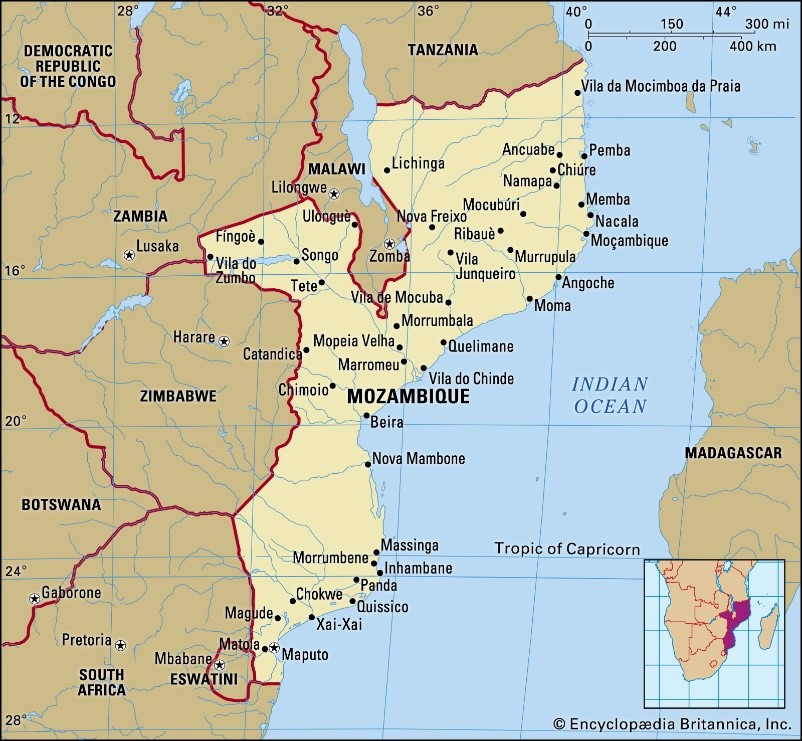 The arrival of Portuguese explorer Vasco de Gamo in 1498 began a centuries-long colonization of a vast tract of southeastern Africa that came to be known as Mozambique. Modern resistance to the Portuguese began with the formation of the nationalist Frente de Libertação de Moçambique (FRELIMO) in 1962. FRELIMO’s first attack on a Portuguese post occurred in Cabo Delgado in 1964. Pro-Soviet Marxist-Leninist factions consolidated their control of FRELIMO in the late 1960s as a wave of mysterious deaths and assassinations eliminated nationalist leaders. This allowed the emergence of Marxist-Leninist hardliner Samora Machel as FRELIMO military commander.
The arrival of Portuguese explorer Vasco de Gamo in 1498 began a centuries-long colonization of a vast tract of southeastern Africa that came to be known as Mozambique. Modern resistance to the Portuguese began with the formation of the nationalist Frente de Libertação de Moçambique (FRELIMO) in 1962. FRELIMO’s first attack on a Portuguese post occurred in Cabo Delgado in 1964. Pro-Soviet Marxist-Leninist factions consolidated their control of FRELIMO in the late 1960s as a wave of mysterious deaths and assassinations eliminated nationalist leaders. This allowed the emergence of Marxist-Leninist hardliner Samora Machel as FRELIMO military commander.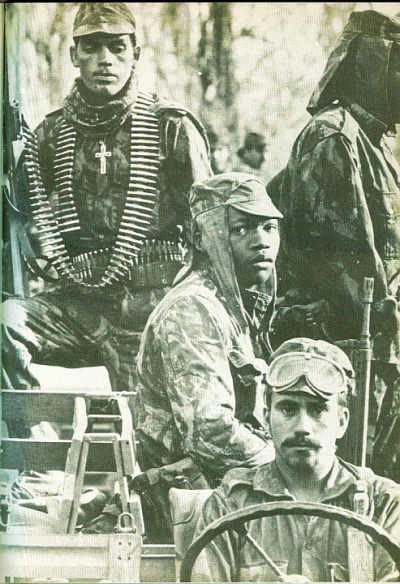 Portuguese Patrol in Mozambique
Portuguese Patrol in Mozambique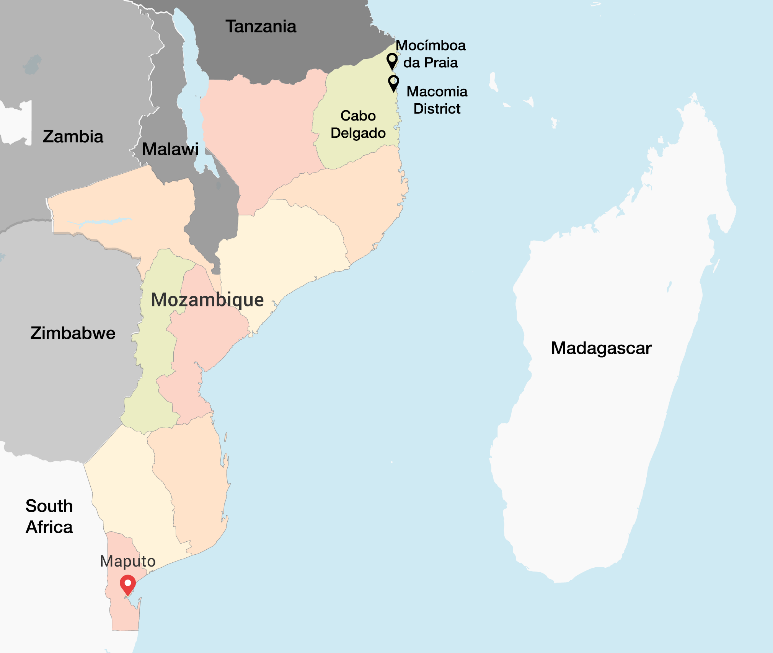 Cabo Delgado (top) – (ISS Africa)
Cabo Delgado (top) – (ISS Africa)

